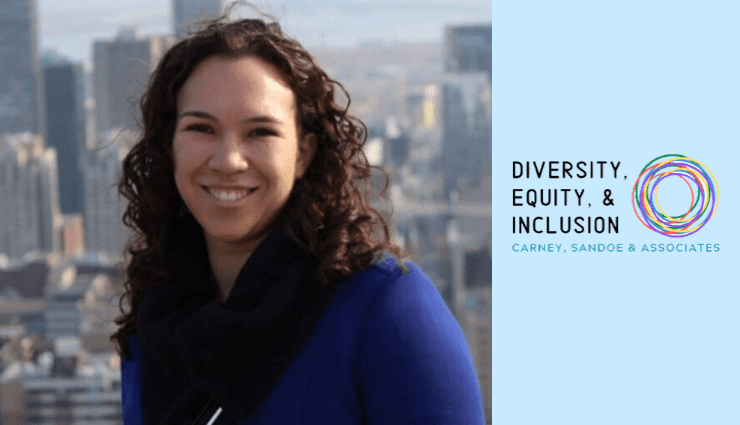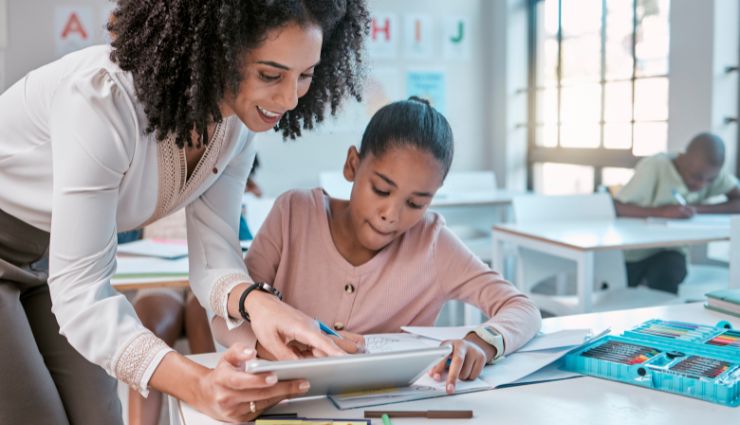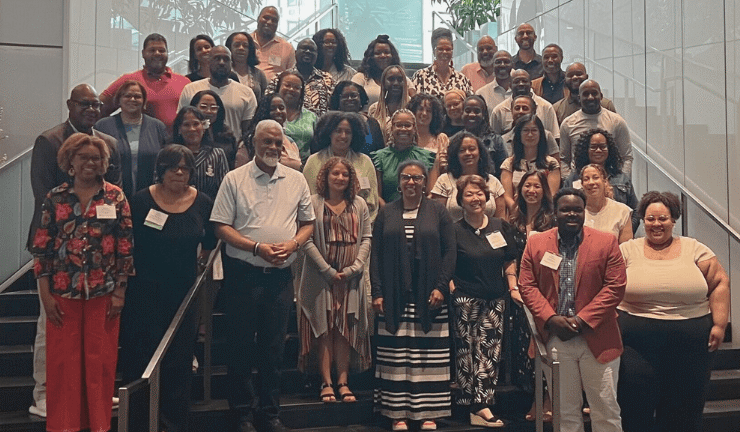What Happens When History and a Makerspace Collide?

This is a piece from CS&A’s winter focus on diversity, equity, and inclusion in schools. Read more from this series here.
Join us at FORUM/Diversity, a two-day combined faculty recruitment and DEI professional development event on January 31 and February 1 in Philadelphia.
In August 2017, the city of Charlottesville, Virginia, became the focus of the nation when the city’s planned removal of a statue of the South’s Civil War General Robert E. Lee ignited a protest march from Unite the Right, a far-right, white-supremacist group. The efforts of this march were met with counter-resistance from those favoring the removal of the Lee statue and other troubling symbols of the nation’s racist history. When the two groups began to clash, Virginia Governor Terry McAuliffe declared a state of emergency and stopped the Unite the Right’s march. As people were leaving, however, one of the far-right protestors deliberately rammed his car into the crowd of counter-protestors, killing Heather Heyer and injuring 19 others.
For me personally, 2017 also marked the year I started teaching Bullis School’s first African-American history course. Right from the beginning, I knew that the events in Charlottesville would have to be included in my new class. For too long in our American history courses, the narrative of African-American history has been tucked away behind a veil meant to cover or downplay this essential piece of our nation’s history. Working on the curriculum for the class during the disturbing events in Charlottesville that August, I decided I’d ask my students two related and, I hoped, thought-provoking questions: “What would the cultural and physical landscape of the U.S. look like when and if these Civil War monuments and memorials didn’t exist? What would have and should have gone in their place?” From those questions and follow-up conversations, the remarkable “box project” came to fruition.
Initially, my students balked at the idea of yet another project — given their already busy schedules and facing the unknown challenges involved in doing something new. But when presented with a high degree of autonomy, decision-making power, and control over the project, the students became excited. For one, they were glad to be able to dig into the question of how the African-American experience has been portrayed in our textbooks and culture — and then offer up a new perspective that would reveal what has been hidden in plain sight for all these years. But they were also thrilled at the opportunity to complete this hands-on project in our school’s Makerspace where there were virtually no limits to their collective creativity. I did, however, insist on some parameters. This would be a group project; the students would have to make their decisions as a class — not by a “majority wins” vote but by consensus. If the goal of the project was to make sure that the quiet, less-represented history was revealed, my students would have to honor the value of inclusion throughout their planning and decision-making processes.
Overall, I think the project was a great success. The students’ engagement, as well as the work they produced, was impressive. So was the growth in their collective understanding of the cultural forces that have shaped our knowledge of African-American history. The boxes they produced were beautiful in and of themselves, but the approach to the subject matter was even more remarkable. As a group, they agreed to make a series of artfully designed wooden boxes all of which would be embossed with a typical word or term associated with African Americans in the mid-19th century — terms such as bondage, repression, hopelessness, segregated education, etc. This language represents the outward language we tend to associate with the experiences of African Americans at the time — as told from the perspective of the dominant group. When one opens the boxes, however, one is offered a new, more positive perspective on the African-American experience — a narrative of accomplishment, transcendence, and hope. Or, as one student put it, “The real story, the positive story.”
One box with the word “hopeless,” for instance, opens up to reveal a quote by Booker T. Washington: “Success is to be measured not so much by the position that one has reached in life as by the obstacles by which he has overcome.”
This is followed by an artistically presented, student-written summary of Booker T. Washington’s contributions:
“Booker T. Washington was one of the most dominant leaders in the African-American community during the transition from the Reconstruction Era to the reign of the Jim Crow laws. His leadership inspired blacks to seek education and indulge in entrepreneurship to earn equality through long-term change. Known for his bravery and intellect, Washington paved the way for many Civil Rights leaders that followed him.”
[envira-gallery id=”6604″]
At the end of the project, one student commented, “The African-American Studies course is a class that for once removes the subtle uncomfortability I experience as a result of being a minority. The classroom environment provides everyone, regardless of ethnic background, the opportunity to express their opinions devoid of fear, and understand a history that in many ways is sheltered from public view…. Each story, each memory, brings us closer to uncovering the core of what it means to belong: to have a place in the human story.”
Indeed, this was our collective goal: Making this history visible so it can’t be ignored anymore.
As the teacher, I too experienced moments in this project when I had to lean into my discomfort and learn to surrender to the students and their process. All too often, teachers are used to being in the driver’s seat. In this project, however, there were times when I felt that not only was I not in the driver’s seat, but I didn’t even get to pick the car I was in. The students did that for me. But in the process I was reminded of what brain-science research tells us about how we learn. When students have a high level of agency, when they are both intellectually and emotionally engaged, the level of learning runs deep.
Of course, I could not have undertaken this project without the collaboration, insight, and support of my colleague, Matt Zigler, coordinator of our school’s Makerspace, also known as the BitLab. When we began this collaborative project, both of us were coming to it with little knowledge or experience of the other’s expertise area. I would have to lean on Matt to facilitate the student work in the BitLab (I still don’t know the names of the machines in the lab). For his part, Matt had to rely on me for the content and guidelines of the project. In essence, we worked as one cohesive mind, always in a constant state of learning from each other. Occasionally, Matt had to remind me to let go of the timeline, the teacher-directed process, and the control (I think that’s the artist in him), while I had to remind Matt that we needed to ensure the history was accurate and clearly narrated.
When pondering a new project like this at the intersection of STEM and the humanities it is easy for teachers to remain in their silos, to not take the risk. After all, we only have so many hours in the day. Taking on a project that involves approaching a subject from a new perspective and collaborating with a colleague from a different discipline can seem like an insurmountable undertaking. However, my experience working with Matt and the students in the Bitlab proved to me the value of finding such new approaches to teaching and learning. If we as educators are responsible for opening opportunities and breaking down barriers for our students, shouldn’t we do the same for ourselves? Why step into a zone of discomfort? Because, by doing so, it’s highly likely that your students will find new opportunities to express themselves and to engage in ways of learning they never thought available to them. As a teacher, you will also learn how to see you subject matter in a new light.
For more about the box project, and to see the boxes students created, watch this video on YouTube.
Allison Ewing is the Upper School Social Studies Department Chair and Co-Chair of the Equity, Inclusion & Justice Committee at Bullis School in Maryland.








